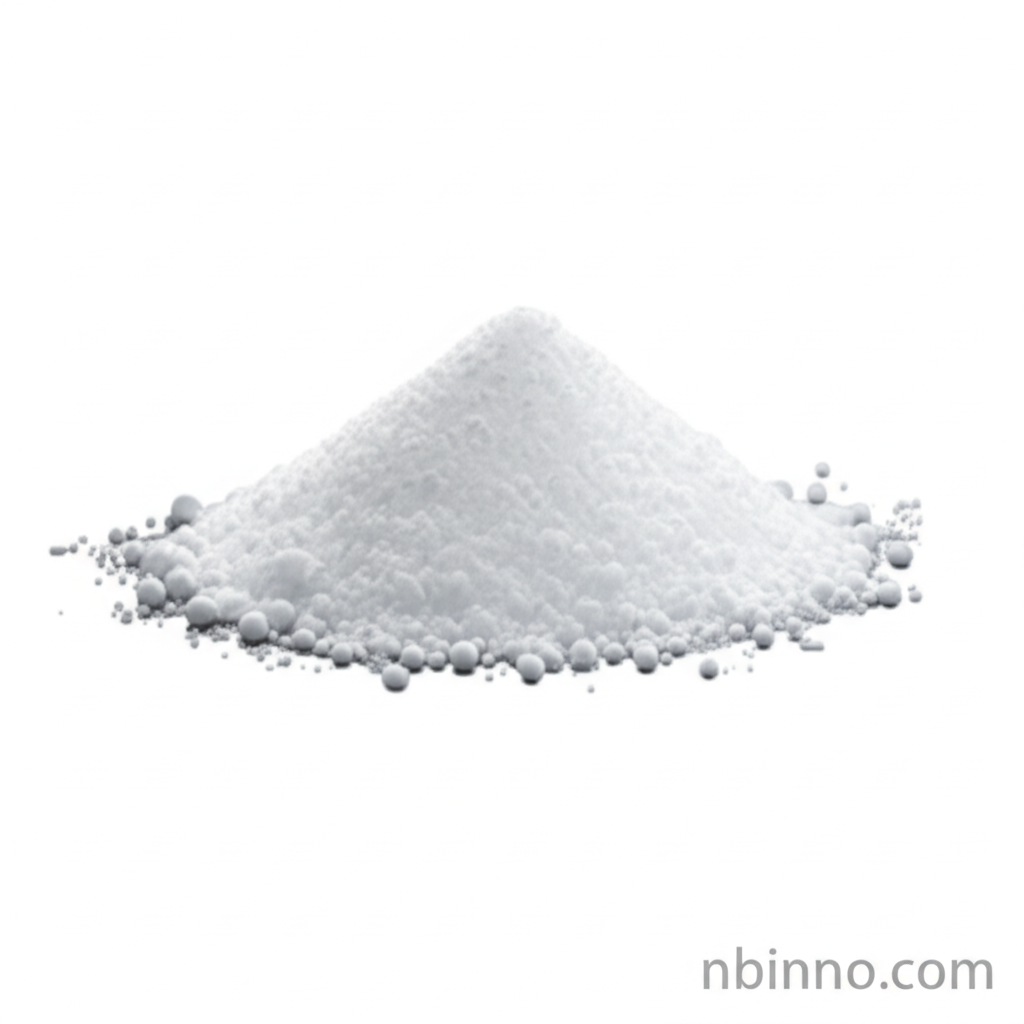N-Methylolacrylamide (CAS 924-42-5): Properties, Applications, and Synthesis for the Chemical Industry
Discover the versatile chemical intermediate N-Methylolacrylamide (CAS 924-42-5) and its pivotal role in modern chemical synthesis and polymer science.
Get a Quote & SampleProduct Core Value

N-Methylolacrylamide
N-Methylolacrylamide, identified by CAS number 924-42-5, is a crucial organic compound recognized for its extensive utility in chemical synthesis and the development of advanced materials. Its unique molecular structure makes it an ideal monomer for producing a wide array of polymers and copolymers, and it functions effectively as a cross-linking agent, enhancing the structural integrity and performance of materials.
- Explore the key N-Methylolacrylamide properties for chemical manufacturing processes. This compound's well-defined physical and chemical characteristics are essential for predictable outcomes in synthesis.
- Understand the diverse N-Methylolacrylamide applications in various industries. Its utility spans from fundamental research to industrial-scale production of specialized chemicals.
- Learn about the N-Methylolacrylamide synthesis pathways utilized by leading chemical suppliers. This knowledge is vital for sourcing high-quality material for your specific needs.
- Investigate how CAS 924-42-5 chemical properties contribute to its effectiveness as a cross-linking agent. The ability to link polymer chains is critical for material enhancement.
Advantages of N-Methylolacrylamide
Versatile Chemical Intermediate
Leverage N-Methylolacrylamide's versatility as a key building block for creating complex organic molecules and specialized polymers. Its use as a chemical reagent in research is well-documented.
Enhanced Material Properties
Utilize its function as a cross-linking agent to improve the mechanical strength, thermal stability, and chemical resistance of polymers, a key aspect of N-Methylolacrylamide applications.
Broad Research Utility
Benefit from its extensive use in scientific research, aiding in the investigation of polymer science, reaction mechanisms, and the development of new materials, demonstrating its value in research chemical applications.
Key Applications
Polymer Synthesis
As a critical monomer, N-Methylolacrylamide is instrumental in the synthesis of polymers and copolymers, contributing to materials with tailored properties for various industrial uses.
Cross-linking Agent
Its ability to form covalent bonds between polymer chains enhances the durability and performance of materials, making it a vital component in many formulation processes.
Chemical Reagent
N-Methylolacrylamide serves as a valuable reagent in organic synthesis, facilitating the creation of diverse chemical compounds for pharmaceuticals, agrochemicals, and other fine chemical sectors.
Scientific Research
The compound's well-understood N-Methylolacrylamide properties and reactivity make it a popular choice for academic and industrial research in materials science and organic chemistry.
